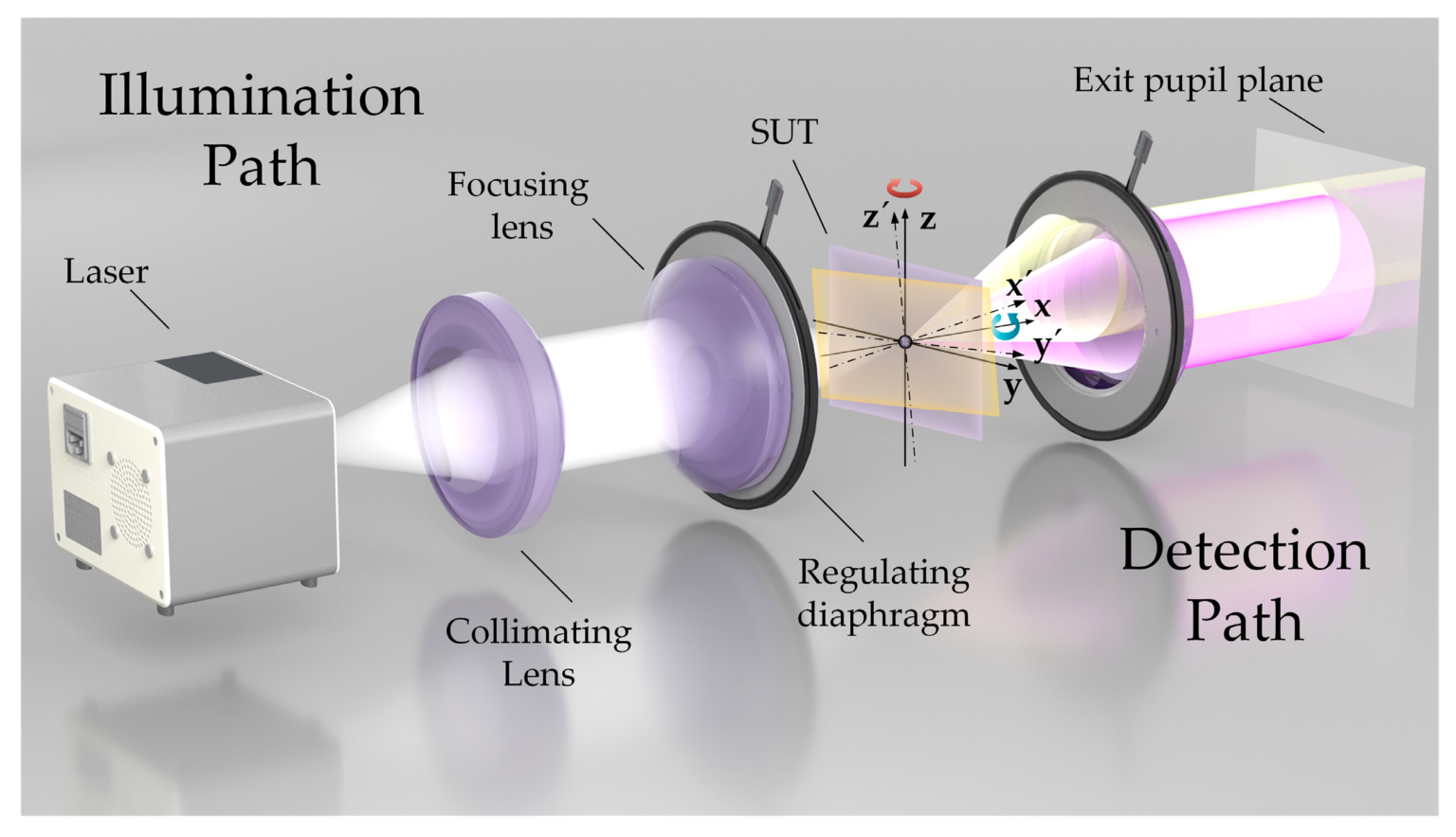
Exploring the Power of Tilt Sensors: Enhancing Precision with AI
Introduction:
Tilt sensors, often referred to as inclinometers, are electronic devices designed to measure angular tilt and provide crucial information about the orientation of objects or surfaces. They play a vital role in various industries, from construction and aerospace to robotics and gaming. In this article, we delve into the world of tilt sensors and explore how AI integration is revolutionizing their capabilities.
Understanding Tilt Sensors:
Tilt sensors are instrumental in determining the angle or inclination of an object relative to the Earth’s gravitational field. They consist of various components, including a reference plane, a conductive liquid or ball, and an electrical contact system. As the sensor tilts, the conductive element rolls and establishes or breaks electrical connections, enabling the measurement of tilt angles.
Applications of Tilt Sensors:
- Construction and Structural Monitoring: Tilt sensors are extensively used in construction projects and structural monitoring systems. By accurately measuring the tilt of buildings, bridges, and other structures, they provide valuable data for assessing stability, detecting potential risks, and implementing corrective measures.
- Robotics and Automation: Tilt sensors are crucial in robotics and automation applications, enabling robots to perceive their orientation and adjust their movements accordingly. They play a significant role in industrial robots, autonomous vehicles, and even humanoid robots.
- Gaming and Virtual Reality: Tilt sensors enhance gaming experiences by allowing players to control virtual movements through physical gestures. From steering wheels in racing games to motion-sensitive controllers, tilt sensors provide a more immersive and interactive gaming experience.
- Aerospace and Navigation: In aerospace applications, tilt sensors assist in aircraft navigation, ensuring precise leveling and stability during flight. They contribute to autopilot systems, inertial navigation units, and satellite positioning technologies, enabling safer and more accurate air travel.
AI Integration with Tilt Sensors:
Artificial Intelligence (AI) has revolutionized various industries, and its integration with tilt sensors has opened up new possibilities for enhanced precision and advanced functionalities. By combining AI algorithms with tilt sensor data, we can achieve the following:
- Intelligent Calibration: AI algorithms can analyze tilt sensor data and automatically calibrate the sensors for more accurate measurements. This reduces human error and ensures optimal performance in real-time applications.
- Predictive Maintenance: By continuously monitoring tilt sensor data, AI algorithms can identify patterns and anomalies that indicate potential faults or failures. This enables proactive maintenance, preventing costly downtime and optimizing operational efficiency.
- Machine Learning for Enhanced Performance: AI-powered machine learning models can analyze large datasets from tilt sensors to discover complex patterns and optimize system performance. This leads to improved accuracy, responsiveness, and adaptability of tilt sensor-based applications.
Conclusion:
Tilt sensors are invaluable tools that enable precise measurement of angular tilt, finding applications in diverse industries. The integration of AI with tilt sensors has further expanded their capabilities, offering intelligent calibration, predictive maintenance, and enhanced performance. As technology continues to advance, we can expect tilt sensors with AI integration to become increasingly sophisticated, fueling innovation across various domains.
To learn more about tilt sensors and explore their applications, visit tilt sensors.







